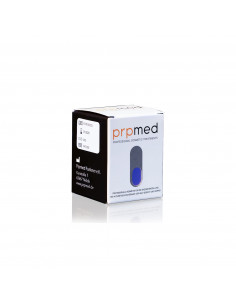Deoxycholic acid (DOC) can destroy membranes of fat cells, causing them to break down. Phosphatidylcholine (PPC) is thought to dampen the resulting inflammation, reduce the toxicity of deoxycholic acid, and also contribute to the degradation of fat cells through apoptosis.
Deoxycholic acid, as bile acid, damages cell membranes even in microdoses. The concentration of this particular ingredient determines both the degree of aggressiveness of the drug and the safety of its use.
Phosphatidylcholine is a substance related to phospholipids, which is a component of cell membranes and the basis of lipoprotein membranes. PC prevents the appearance of fibrosis at the site of exposure, activates lipolytic enzymes and increases the safety of injection lipolysis.
The final stage of the effect of the combination of PC and DC on adipose tissue is an inflammatory response resulting from the release of intracellular enzymes. Here, controlled and dosed inflammation has a positive effect on the tissue.
DC and PC preparations are injected exclusively into the subcutaneous adipose tissue. The comfort of the procedure is determined by their concentrations. Experimentally, it has been found that injection of cocktails containing more than 596 DC significantly increases the risk of fibrosis; at DC concentrations greater than 496 DC, the postinjection pain syndrome is so pronounced that the use of analgesics is required. Therefore, it is not recommended to use formulations with more than 496 DC.
The PC concentration in most existing cocktails is 596, which is the "gold standard" of injectable lipolysis.
Let us now consider the characteristics of the composition and use of the injectable lipolytic agent containing 2.4% DC and 5% PC.
DC and 5% FA. This ratio of DC and FA in this drug allows to significantly increase the safety of its use while maintaining its lipolytic properties.



